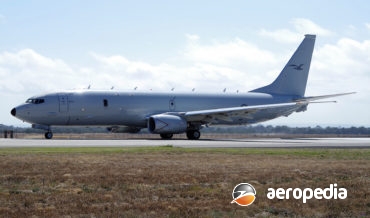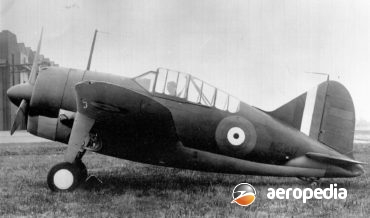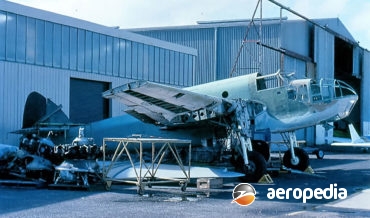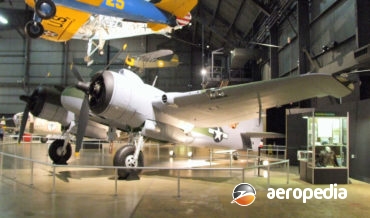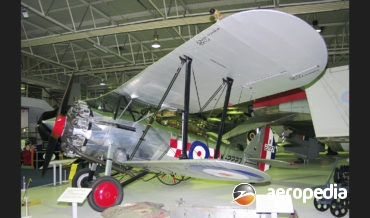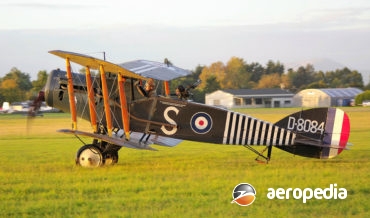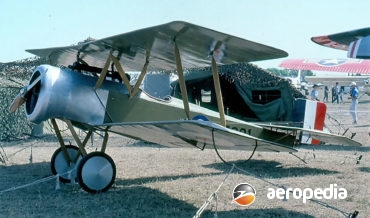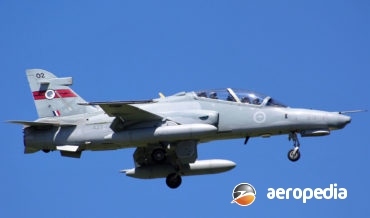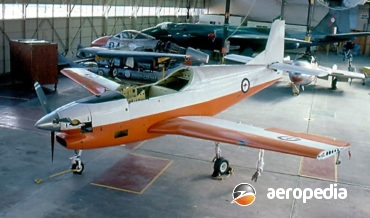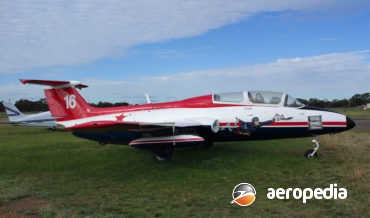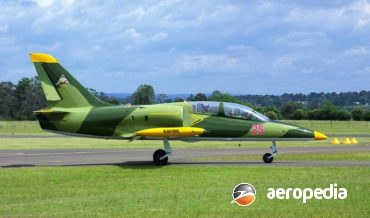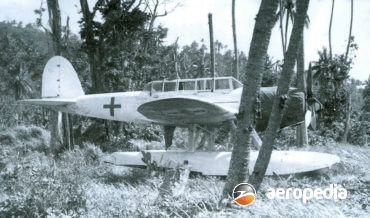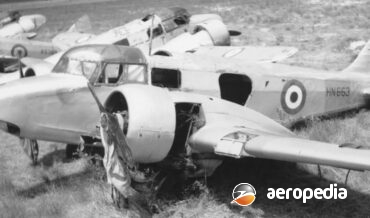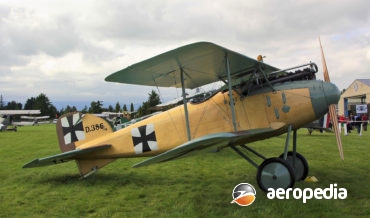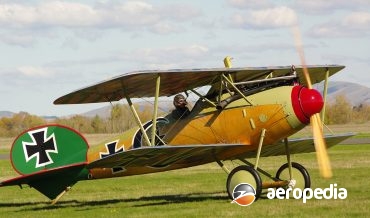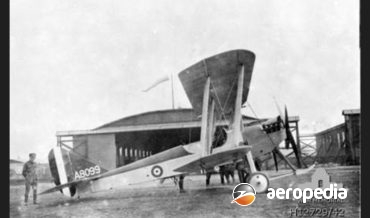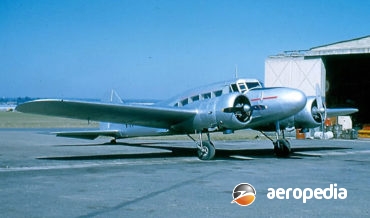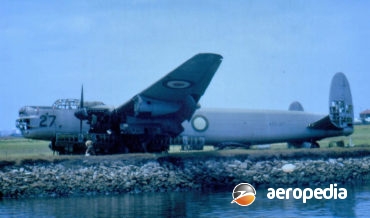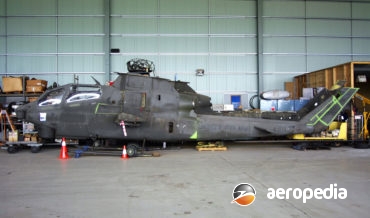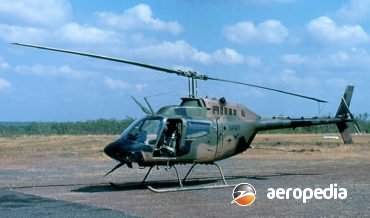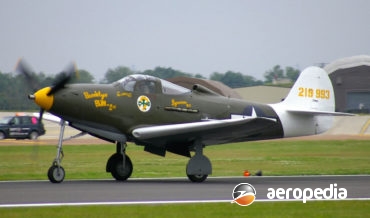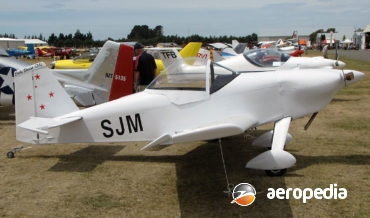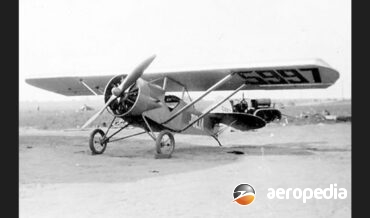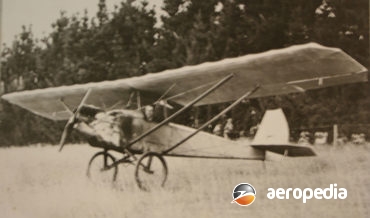David C. Eyre
The Growler was designed as an aircraft-carrier based electronic warfare aircraft and is basically a specialized variant of the FA-18F Super Hornet and replaced the Grumman EA-6B Prowler in service with US Navy units.
David C. Eyre
- May 19, 2019
Following the cancellation of the A-12 Avenger II attack aircraft for the US Navy, and the decision by the US to not adapt the F-22 Raptor for carrier operations, it was decided to develop a new variant of the F/A-18 Hornet known as the Super Hornet, this being similar in
David C. Eyre
- May 19, 2019
In 2007 Australia joined a multi-national programme to participate in the development of the new US Navy multi mission maritime aircraft, the replacement for the US Navy’s P-3 Orion fleet, thus expanding the Australian military’s opportunity to further develop intelligence, surveillance and reconnaissance in this part of the Pacific Ocean.
David C. Eyre
- May 19, 2019
The Catalina was required in large numbers for anti-submarine patrols, bombing and reconnaissance duties, amongst other things, and the type was manufactured for the US Navy and other operators .
David C. Eyre
- May 19, 2019
In 1916 Breguet began the design of the Bre.14 series, the type entering production in March 1917 and continued to be produced in a variety of models up to 1928.
David C. Eyre
- May 19, 2019
Commonly known as the Buffalo, the prototype Brewster Model 39, known as the XF2A-1 (Bu No 1451) fitted with a 634 kw (850-hp) Wright R-1820-34 Cyclone engine, flew for the first time on 2 December 1937.
David C. Eyre
- May 19, 2019
In 1935 the British Air Ministry issued specifications for a torpedo bomber and general-reconnaissance/bomber and this led to the Bristol Beaufort, an initial contract for 78 aircraft being placed in August 1936, the prototype flying for the first time on 15 October 1938.
David C. Eyre
- May 19, 2019
The Bristol Type 156 Beaufighter was conceived basically as a fighter variant of the Beaufort bomber.
David C. Eyre
- May 19, 2019
The Blenheim was built in large numbers for the Royal Air Force and bore the brunt of operations in France at the beginning of the war with the British Expeditionary Force until the French capitulation.
David C. Eyre
- May 19, 2019
The Type 130 was designed by the Bristol Aeroplane Co Ltd to meet Air Ministry specification C.26/31 as a replacement for the Vickers Valentia and to meet a requirement of the RAF for a bomber able to carry 907 kw (2,000 lb) of bombs and having a crew of four;
David C. Eyre
- May 19, 2019
The Bulldog was designed to specification F.9/26 by Leslie Frise as a private venture.
David C. Eyre
- May 19, 2019
Known as the Brisfit, the Bristol Fighter was produced in large numbers during World War I as the F.2A and F.2B, some 5,308 examples being constructed with a variety of engines, including the Rolls Royce Falcon I, Falcon II, Falcon III, 112 kw (150-hp) Hispano Suiza, 149 kw (200-hp) Hispano
David C. Eyre
- May 19, 2019
The Bristol Scout was designed by Frank Barnwell, chief designer and engineer from 1915 to 1938 for the British & Colonial Aeroplane Company, being flown for the first time on 23 February 1914 by the Australia pilot, Harry Busteed.
David C. Eyre
- May 19, 2019
In 1971 Hawker Siddeley and British Aerospace were selected to design and build the HS.1182 trainer for the RAF, and since then more than 700 examples have been supplied to many of the Worlds airforces in a variety of models.
David C. Eyre
- May 19, 2019
On 1 December 1981 the Government announced than an Australian design would be pursued; and on 16 June 1982 it announced that a contract had been let with the Australian Aircraft Consortium Pty Ltd (AAC) for the design, development, and construction of two prototypes of a new basic trainer (designated
David C. Eyre
- May 19, 2019
The L-29 Delfin was Czechoslovakia’s first jet aircraft of indigenous design, being designed and built at the Vodochody Works of the Czech nationalised OK industry, the company being known as Aero Vodochody Narodni Podnik and it has been building aircraft since just after World War I.
David C. Eyre
- May 19, 2019
The L-39 series of trainer and light attack aircraft was designed and produced by Aero Vodochody in the Czech Republic, this company producing some 10,000 jet trainers for the world’s markets over the years.
David C. Eyre
- May 19, 2019
The Aerospatiale Ecureuil was designed for the civil market, the prototype (F-WVKH) being flown for the first time on 27 June 1974 with a Lycoming LTS 101 turboshaft, being followed by the second prototype (F-WVKI) with a Turbomeca Arriel 1A engine.
David C. Eyre
- May 19, 2019
One of the most important dive-bombers in the Japanese arsenal in its campaign in the Pacific War, the prototype Aichi D3A, known by the Allies as the Val, was first flown in January 1938 with a 530 kw (710-hp) Nakajima Hikari I nine-cylinder radial air-cooled engine.
David C. Eyre
- May 19, 2019
In 1937 the Japanese Navy sought the design of a three-seat reconnaissance floatplane, and a specification was issued to a number of aircraft manufacturing companies.
David C. Eyre
- May 19, 2019
Using the Airspeed Envoy as a starting point, the Airspeed Company of Hampshire designed a twin-engine aircraft to meet a multiplicity of functions, including pilot training, navigation, gunnery, photographing and bombing training, known as the AS.10 Oxford. In October 1936 an initial order was received from the British Air Ministry
David C. Eyre
- May 19, 2019
In its early years Albatros-Werke GmbH at its facility at Johannisthal near Berlin built aircraft under licence from other manufacturers and amongst these were the Antoinette and the Etrich Taube.
David C. Eyre
- May 19, 2019
At the opening of hostilities in World War I the opposing forces mainly used aeroplanes for reconnaissance and observation of enemy movements and very little thought was given to offensive action.
David C. Eyre
- May 19, 2019
The Albatros D.II was designed by Messrs Robert Thelen, Schubert and Gnadic for Albatros Flugzeugwerke following complaints by fighter pilots relating to the poor upward vision available in the Albatros D.I. To solve this problem, the upper wing was moved closer to the fuselage and it was staggered forward slightly.
David C. Eyre
- May 19, 2019
The Albatros D.III was designed by Robert Thelen as a successor to the D.1 and D.II series and adopted some of the advantages of the design of the allied Nieuport Scout then in service, performance being increased by the installation of an uprated Mercedes D.III engine, this being achieved by
David C. Eyre
- May 19, 2019
The Albatros series of fighters was produced in Germany for operations in World War I and was reasonably successful in its design role. The D.I, D.II and D.III were all put into production but the D.IV failed to reach this status.
David C. Eyre
- May 19, 2019
When it became evident in the British summer of 1914 that war was inevitable, the British Government ordered the RAF BE.2c into production and contracts were forwarded to a number of manufacturers to build the type, including Sir W G Armstrong, Whitworth & Co Ltd of Gosforth Newcastle on Tyne.
David C. Eyre
- May 19, 2019
On 24 March 1935 the prototype (K4771) of the Avro Anson, a military derivative of the Avro 652 airliner, flew for the first time. Subsequently 8,138 examples were built in the United Kingdom, and 2,882 in Canada, incorporating Mks 1 to 21, with the last of the total of 11,020
David C. Eyre
- May 19, 2019
The Avro Lancaster was perhaps the most famous, and certainly the most successful, heavy bomber used by the RAF in World War II.
David C. Eyre
- May 19, 2019
The Avro 694 Lincoln was designed in anticipation of an Air Ministry specification for a heavy bomber capable of operating at altitudes up to and including 10,668 m (35,000 ft).
David C. Eyre
- May 19, 2019
The prototype of the Avro Type 698, or Vulcan, was ordered in January 1948, the first aircraft (VX770) flying with four 6,500 lbst Rolls Royce Avon R.A.3 turbojets in 1952.
David C. Eyre
- May 19, 2019
The Bell Model 209 or AH-1 was a redesigned Iroquois with a gunner and pilot in tandem, a chin turret fitted with a 7.62 mm (0.30 in) Minigun, or 40 mm grenade launchers, and with stub wings carrying four weapons pylons.
David C. Eyre
- May 19, 2019
The US Army in 1960 issued a proposal for a light observation helicopter and Bell Helicopter submitted a variant of the Model 206, which became the YHO-4A.
David C. Eyre
- May 19, 2019
In 1936 Bell Aircraft Corporation designed what was to be a radical departure from the norm for fighter aircraft at that time, having the engine behind the pilot driving the propeller by means of an extension shaft.
David C. Eyre
- May 19, 2019
After the success of the Starlet, John Corby redesigned the aircraft to be constructed in metal, the new model becoming known as the CM-2 Kestrel, and after release of plans to home builders, construction of two examples commenced in New Zealand.
David C. Eyre
- May 17, 2019
This light sporting aircraft was initially produced by Corvus Aircraft Ltd, this company later becoming known as Corvus Hungary, the company over a period of eight years developing a fully composite light aircraft for private and training use, production of its aircraft by 2012 being said to be at a
David C. Eyre
- May 17, 2019
Rene Couzinet was one of the early French aircraft designers, one of his aircraft, the Couzinet 10 (c/n 1 - Arc-en-Ciel) with three engines crossing the South Atlantic Ocean in 1933 on a return trip from Paris to Argentina.
David C. Eyre
- May 17, 2019
In 1912 Harvey Crawford, who lived in Los Angeles, placed an entry in the Third International Air Meeting at Domingues Hills near the city and took part in the event.
David C. Eyre
- May 17, 2019
David Cecil Cross of Chatton, NZ, 24 years of age, described as a “technological experimenter” in 1933 built a small monoplane of his own design on a farm at Chatton, north of Gore, NZ. He was one of seven children.
David C. Eyre
- May 17, 2019
As noted in the Top Cub article, CubCrafters was founded in 1980 by James Richmond in Wisconsin to re-build and modify Piper PA-18 Super Cubs and similar aircraft and eventually to redesign the aircraft and upgrade it to meet customer requirements.
David C. Eyre
- May 17, 2019
Recent Comments
Archives
Categories
- No categories
Categories
- No categories
Latest Posts
Newsletter



